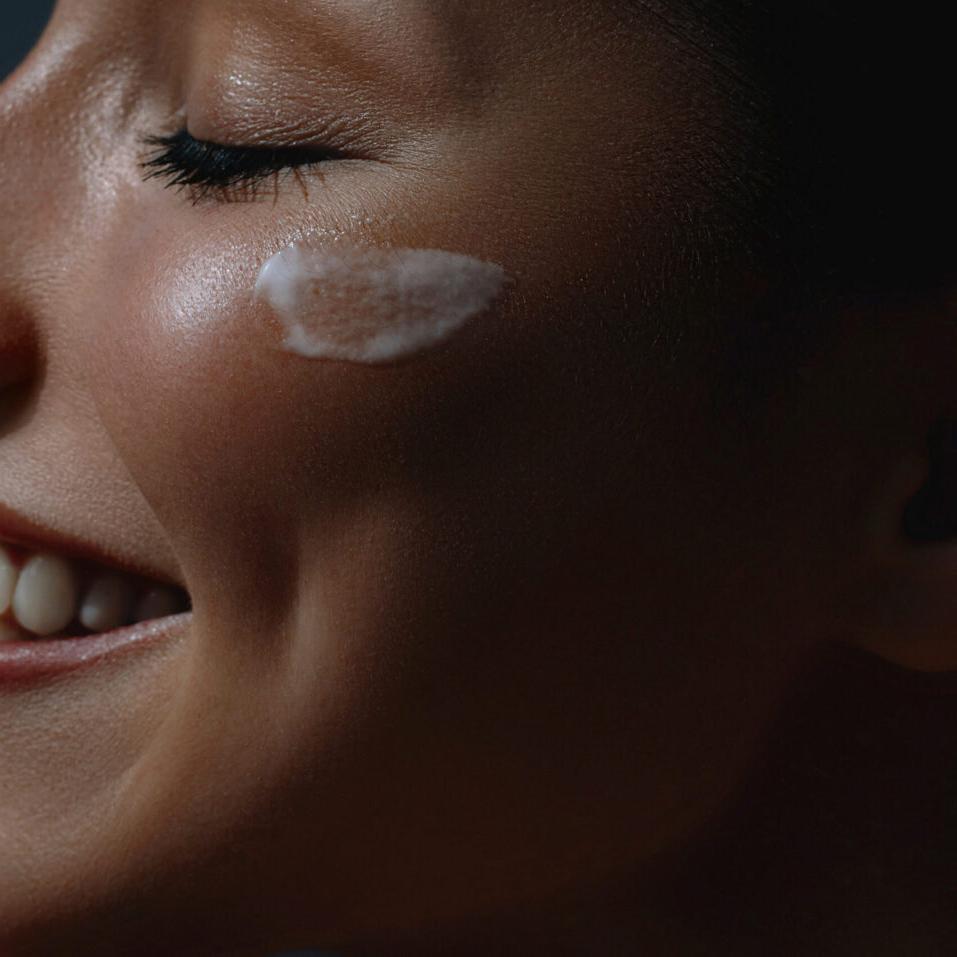Do Fillers Hurt?
Mild Discomfort Is Normal With Cosmetic Injectables

Dermal fillers have become increasingly popular over the years, with more patients seeking out this nonsurgical treatment to enhance their facial features, reduce signs of aging and boost their self-confidence. However, one question that many people ask before booking their 1st in-office appointment is “Do fillers hurt?”
The short answer: No, not really. Some discomfort — not pain — is normal when it comes to dermal fillers. However, the level of pain varies depending on the individual’s tolerance and the area being injected. In our experience, the vast majority of patients describe the sensation as a small pinch or a sting that lasts only about a minute, with some tenderness for up to 24 hours after the treatment.
Some patients may experience swelling, bruising or redness at the injection site, but these side effects are typically temporary and subside within a few days.
Certain Areas Of The Face Are More Uncomfortable To Treat Than Others
Next to Botox, filler is one of the least painful, nonsurgical treatments available. However, different parts of the face can be more tolerable than others. For example, treating Marionette Lines is more comfortable than treating the lips — a notoriously sensitive part of the face.
“Lips are generally the most uncomfortable area to be treated. Many patients have said that their Botox is more uncomfortable than their filler, and that is always interesting because Botox uses such a small needle!”
-Adrienne Yanich, RN
How Is Pain Reduced During Filler Treatments?

Most dermal fillers contain lidocaine, a local anesthetic, which helps to numb the area being injected. This significantly reduces any pain or discomfort that you might feel during the procedure. Additionally, many practitioners use a topical numbing cream before administering the injection to further minimize any discomfort. Pro-Nox — a nitrous oxide delivery system for pain management — can be used if the patient is particularly anxious about the treatment.
The Energy Beauty Bar: Using Vibrations To Distract From The Injection
The “Energy Beauty Bar” is a vibrating facial massager that individuals sometimes use to relax the muscles and increase circulation in the face. However, our providers use this handheld tool while performing dermal filler injections to strategically distract patients from any discomfort. By sending pulses to other areas of the face, patients divert their attention away from the needle.
What Can I Do Before My Filler Appointment?
If you are concerned about the discomfort associated with dermal fillers, here are some tips to help minimize any pain:
- Choose an experienced injector: Be sure to choose an experienced practitioner who is skilled specifically in administering fillers. This can help ensure that the procedure is done correctly, minimizing any pain or discomfort.
- Communicate with your practitioner: Let your practitioner know your pain tolerance and if you are feeling any discomfort during the procedure. They may be able to adjust the injection technique or provide additional pain mitigation measures to make you more comfortable.
- Take approved pain medication: If you are particularly sensitive to pain, you may want to take Tylenol an hour before the procedure. NSAIDs should be avoided. Be sure to consult with your practitioner before taking any medication.
- Avoid alcohol for 24 hours: Alcohol thins the blood which can slow down the healing process and cause additional bruising in the treated area. Alcohol should also be avoided for up to 48 hours after your filler appointment.
- Stay hydrated: This may not directly impact the discomfort during your session, but proper hydration both before and after will aid in the healing process and help prolong results.
“There are certain things that can make an injection appointment more uncomfortable, like having caffeine prior, dealing with a lack of sleep, being dehydrated, girls at certain points of their menstrual cycle can have a more difficult time — to name a few.”
-Adrienne Yanich, RN
What Are The Different Types Of Fillers?
There are different types of dermal fillers available on the market, with some being more suitable for certain areas of the face than others. These are among the most common:
- Hyaluronic Acid: These fillers are the most popular and are often used for lip injections, cheek augmentation and nasolabial folds.
- Calcium Hydroxylapatite: These fillers can be used for deeper wrinkles and folds, such as marionette lines and nasolabial folds.
- Poly-L-Lactic Acid: These fillers are used to stimulate collagen production and are often used for areas such as the cheeks and chin.
At Donaldson Plastic Surgery, we primarily use Hyaluronic Acid fillers due to their proven safety and efficacy when it comes to reaching individual patient goals.
“Filler should not be more uncomfortable based on product type, although the delivery method — needle vs. cannula — can make a difference. Needles can be a little more uncomfortable because of the amount of times the needle is inserted, versus the cannula that uses only one insertion point.”
-Adrienne Yanich, RN
Who Performs Your Injections Matters — A Lot
Fillers injections can provide incredible results that enhance your facial features and reduce the signs of aging. While there is some discomfort associated with the procedure, the pain is usually quite mild and brief. Choosing an experienced cosmetic injector and communicating with your practitioner can help minimize your discomfort.

About The Author
Adrienne Yanich, RN, is a renowned aesthetic provider that specializes in Botox, cheek augmentation and lip filler in Columbus, Ohio. She performs nonsurgical treatments on a daily basis and is always researching new ways to improve her technique. Adrienne is sought after not only because of her incredible results but also her procedure knowledge and unique ability to explain medical information in a way most patients can understand.
Related Articles

Read More The Ultimate Skincare Timeline
The Ultimate Skincare Timeline
A comprehensive guide to the most effective skincare treatments & how often to receive them to elevate your skin health.

Read More How Long After Filler Can You Sleep On Your Side?
How Long After Filler Can You Sleep On Your Side?
We advise patients to wait 3-5 days after their appointment before falling asleep on their side. Allowing time for the filler to settle is fundamental to achieving long-lasting and optimal results.

Read More How To Make Botox Last Longer
How To Make Botox Last Longer
Patients can improve overall skin health and extend the life of their Botox treatments by keeping consistent with their treatments, skincare routine and post-treatment instructions.













